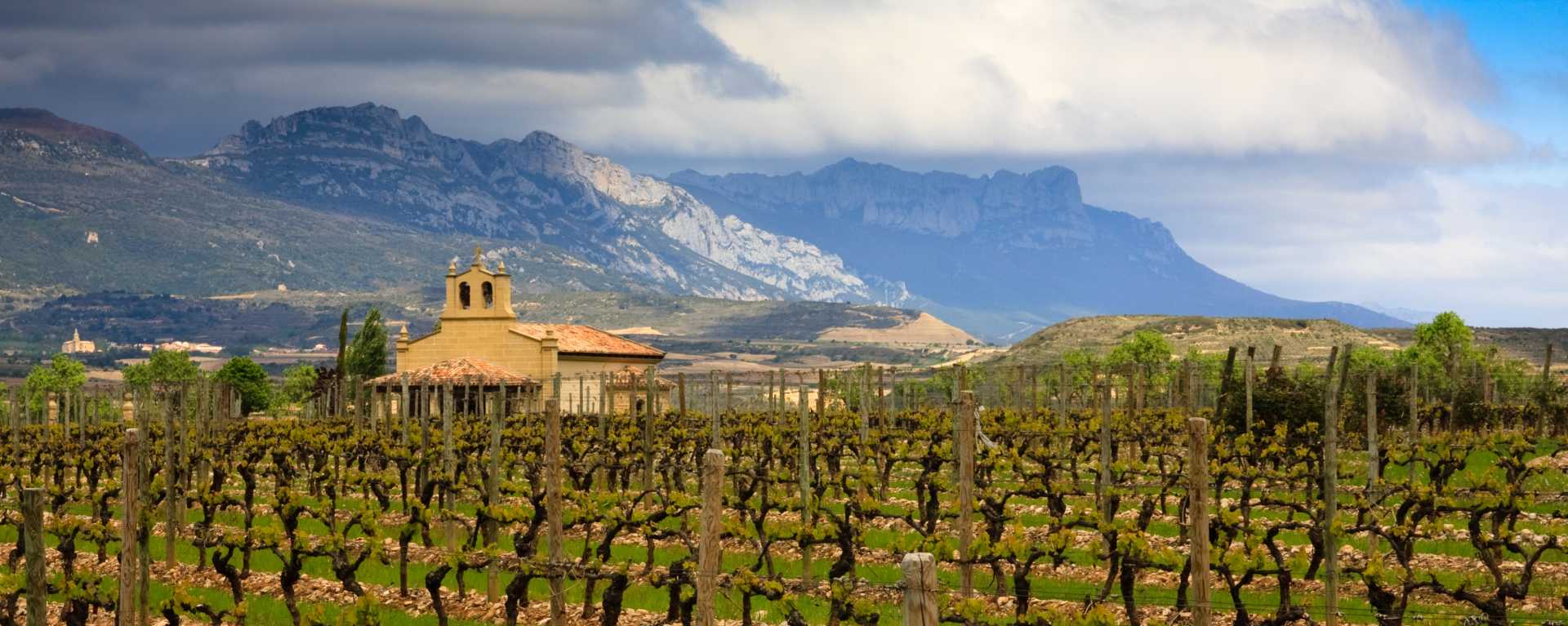Herencia Altes Garnatxa Negra Rosat 2021



Product Details
Your Rating
Somm Note
Winemaker Notes
Other Vintages
2018-
James
Suckling




Nuria Altés, like many young vintners in Spain, comes from a family who has grown grapes for generations. Tucked away in a remote corner of Catalunya, Nuria’s new project, Herència Altés, is situated outside the village of Batea, in the DO of Terra Alta. Remarkably Terra Alta is one of the largest wine-growing regions in Cataluyna and one of which few are aware – something Nuria has set about changing. Growing up among the vines that her grandfather tended, Nuria has known these vineyards since her childhood and decided in 2010 to start purchasing grapes from her father to make her own personal wines. In this project, she is assisted by her partner Rafael de Haan, and together, they inaugurated a new cellar for the 2016 vintage located in her hometown of Batea.
Since 2010, Rafa and Nuria have slowly grown their property from 14 to 60 hectares. They purchased their first vineyard, La Serra, in 2013, followed by Lo Grau and Xalamera in 2014 and 2015. Near the Garnacha’s birthplace in the neighboring province of Aragon, these sites are predominantly Garnatxa Blanca, Negra and Gris, planted primarily between 1900 and 1960. Old vine Carinyena, locally called Samsó, is also present in their vineyards and small amounts of Syrah.
The soils around the village of Batea are referred to as Panal – chalky and sandy topsoil over deep, clay-limestone, all underpinned by limestone bedrock. Panal is naturally low in nutrients with a tremendous capacity to store water, which is important for the wines as the summers are warm and dry and almost always windy, alternating between the continental Cirç and the easterly Garbi bringing in humidity from the Mediterranean. This part of Terra Alta is so prone to these two winds that the area is famous for windmills that generate much of the region’s electricity in addition to growing grapes. At elevations ranging between 390 and 480 meters above sea level, the vineyards of Herència-Altés benefit from a higher elevation the most of the rest of the DO. This allows for full maturation of the grapes at lower finished alcohol and higher acidity.

Whether it’s playful and fun or savory and serious, most rosé today is not your grandmother’s White Zinfandel, though that category remains strong. Pink wine has recently become quite trendy, and this time around it’s commonly quite dry. Since the pigment in red wines comes from keeping fermenting juice in contact with the grape skins for an extended period, it follows that a pink wine can be made using just a brief period of skin contact—usually just a couple of days. The resulting color depends on grape variety and winemaking style, ranging from pale salmon to deep magenta.

The highest wine growing zone in Spanish Cataluña, Terra Alta is south of Priorat and Montsant. Here growers are following the trends of Priorat, recovering Garnacha blanca vines for white wines and focusing on quality red blends.
